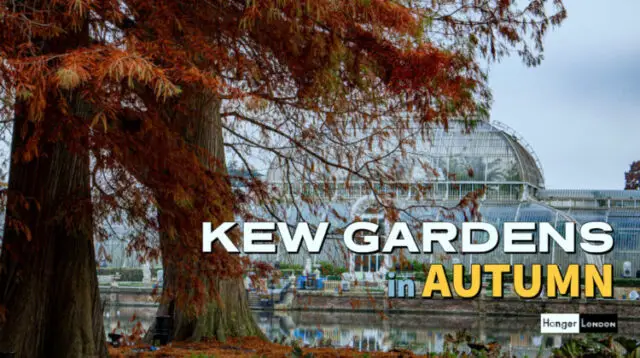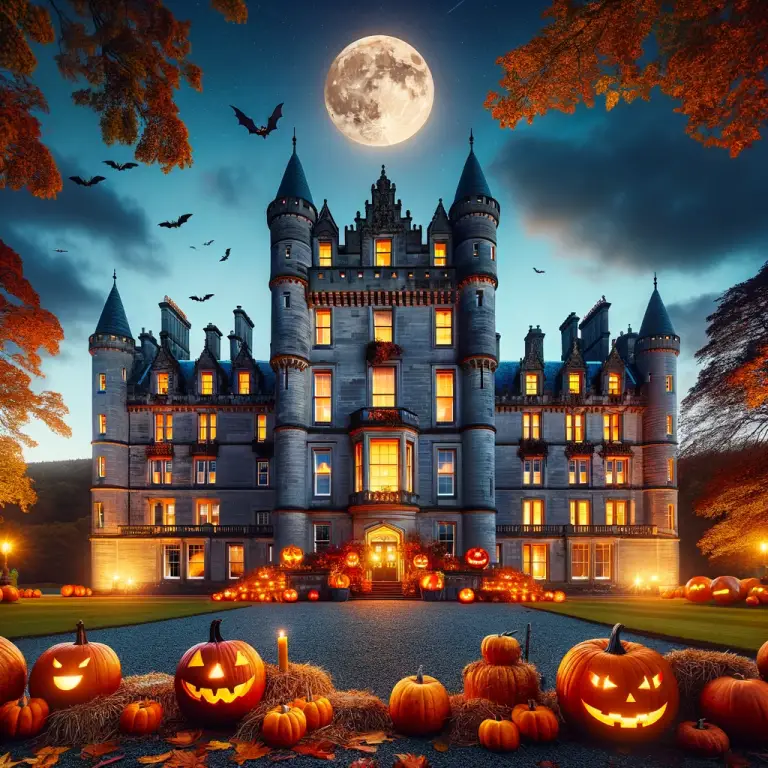Autumn arrives at Kew Gardens, this is a time in the earth’s cycle when night and day are of equal length. As daylight hours shorten, it is nice to get outside and see the leaves on the trees change colours and there is no better place in London to see the changing season than the Botanical Gardens at Kew.
The crisp Autumn morning air of Kew
The quietness as we walked along the pathway, with fabulous suspended Glitter balls, hanging from the yellow leave trees. The confetti of leaves so enchanting.
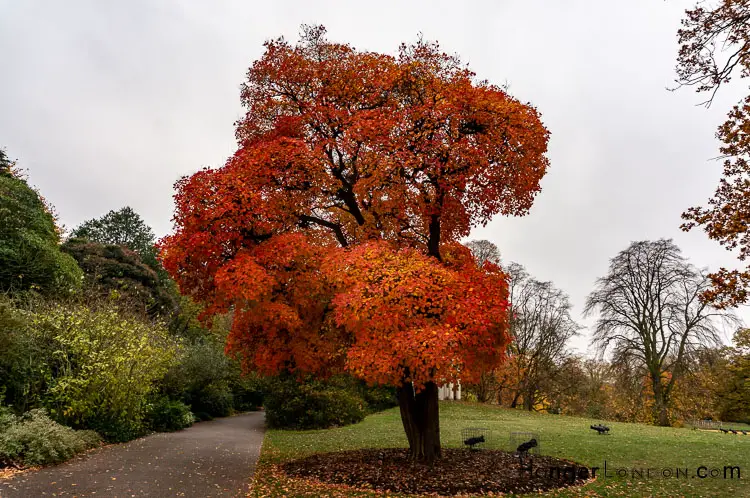
One of the most breathtaking sights to see at Kew Gardens during autumn is the red-orange autumn leaf tree. This tree species is known for its stunning red and orange leaves that seem to glow in the autumn sunlight. Visitors can marvel at the sight of this tree as they stroll through the gardens and take in the beauty of the changing season.
The red-orange autumn leaf tree is a deciduous tree that is native to North America. It is a popular ornamental tree that is widely planted in parks and gardens all over the world. During the autumn months, the leaves of this tree turn a vibrant red and orange color, which is why it is so popular among gardeners and nature lovers. The sight of these trees at Kew Gardens is truly awe-inspiring, and visitors can take advantage of the many walking trails and paths to get a closer look at these magnificent trees. If you are visiting London during the autumn season, a visit to Kew Gardens to see the red-orange autumn leaf tree is an absolute must.
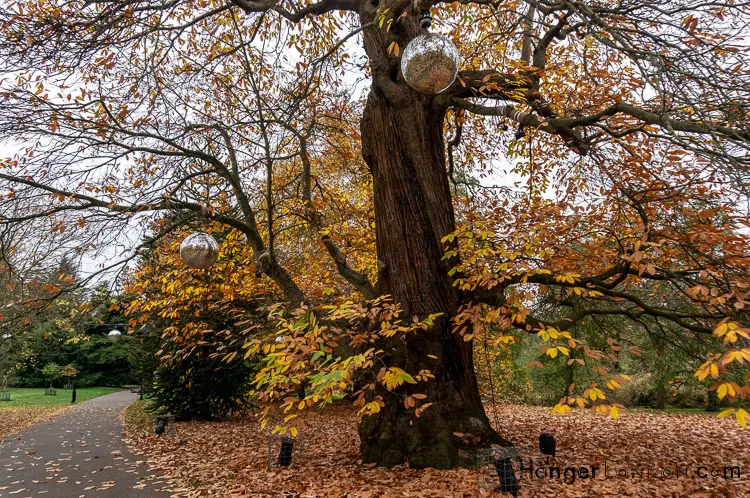
The Tree suspended glitter balls at Kew Gardens in autumn are a spectacular sight to behold. These glittering orbs of light are hung from the branches of trees throughout the gardens, creating a dazzling display of color and movement. As the leaves begin to turn and fall, the glitter balls bring a touch of magic to the autumnal landscape, reflecting the sunlight and creating a beautiful sparkling effect.
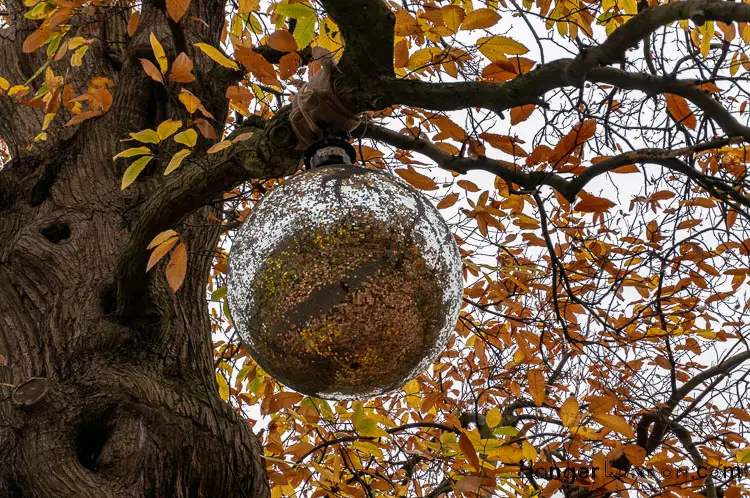
Walking through the gardens, visitors are transported into a world of enchantment and wonder, as the glitter balls dance above them, casting a soft glow across the landscape. The combination of the natural beauty of the gardens and the artistry of the glitter balls is truly breathtaking, making for a truly unforgettable experience. Whether you’re a lover of art or nature, or simply looking for a unique and awe-inspiring way to spend an autumn day, the tree-suspended glitter balls at Kew Gardens are not to be missed.
The water by the Sackler crossing bridge was stunning with the Christmas decorations floating, which will light up in the dark. They looked like stars or little paper-folded boats. The Sackler Crossing at Kew Gardens is a pedestrian bridge that spans the lake and connects the two halves of the gardens. The bridge itself is a work of art, with its intricate design and sleek structure. During Christmas, the bridge is adorned with festive lights and decorations, creating a stunning display that is visible from various parts of the garden. The combination of the floating Christmas tree and the Sackler Crossing creates a magical atmosphere that visitors will remember for years to come. Kew Gardens’ commitment to creating a unique and memorable experience for its visitors during the festive season is a testament to the garden’s dedication to excellence and innovation in all aspects of its operations.
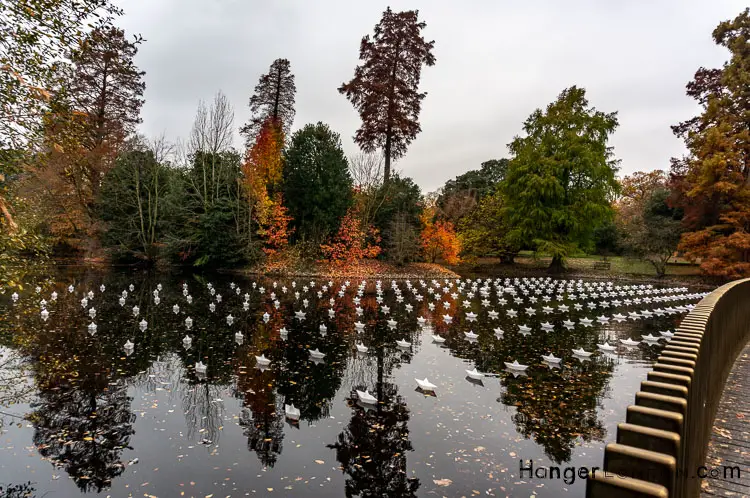
The Sackler Crossing at Kew Gardens in London is a popular spot for birdwatching, and it’s not uncommon to see birds resting on the crossing’s railings. One of the most frequently spotted birds on the crossing is the grey heron. These majestic birds are often seen perched on one leg, with their long necks stretched out in front of them. They use their sharp eyesight to scan the water below for fish, which they can quickly snatch up with their sharp beaks. Despite their size, grey herons are graceful birds and can take off and land with surprising ease.
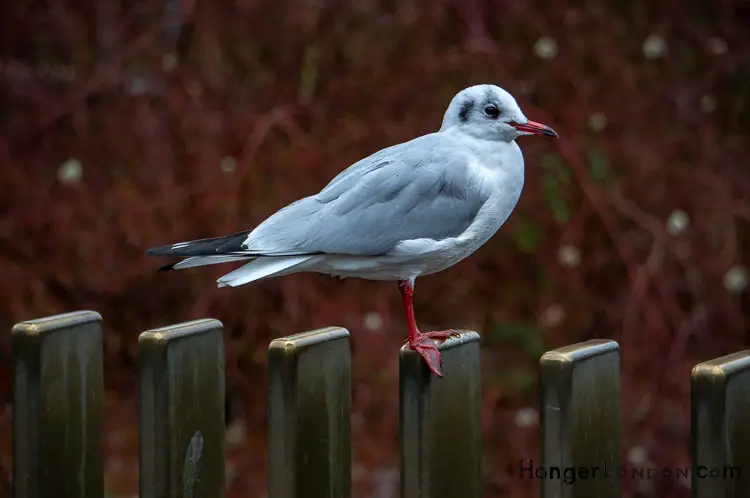
Another common bird seen on the Sackler Crossing is the mallard duck. These birds are easily recognizable with their vibrant green heads and brown bodies. They are often seen waddling around on the banks of the river, but they also enjoy resting on the crossing’s railings. Mallards are omnivores and can eat both plants and animals. They are also known for their distinctive quack, which is a familiar sound in parks and gardens across the world. Seeing birds like these resting on the Sackler Crossing is just one of the many reasons why Kew Gardens is a beloved destination for birdwatchers and nature enthusiasts alike.
Kew’s Woodland Treetop Walkway
Kew’s Woodland Treetop Walkway is a stunning attraction located in the Royal Botanic Gardens, Kew, London. The walkway offers visitors the opportunity to experience the thrill of walking amongst the treetops in a stunning woodland setting. The walkway is elevated at 18 meters above the ground, providing visitors with a unique and breathtaking view of the gardens and surrounding areas. The walkway is constructed of steel and timber and is 200 meters long, making it one of the longest treetop walkways in the world. Visitors can explore the treetop walkway at their own pace and experience the beauty of the woodland from a completely different perspective.
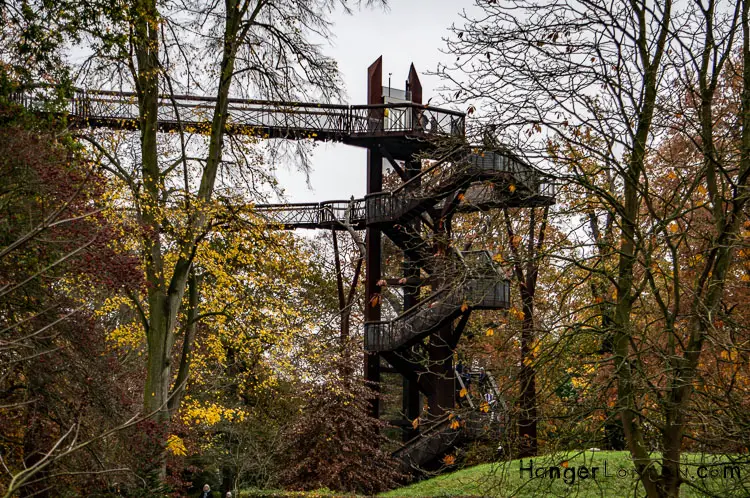
The walkway is 200 meters long and stands 18 meters above the ground.
There are a set of steps, approx 118 to walk up to the high-rise platform, and a lift although the lift was not working on one of our visits.
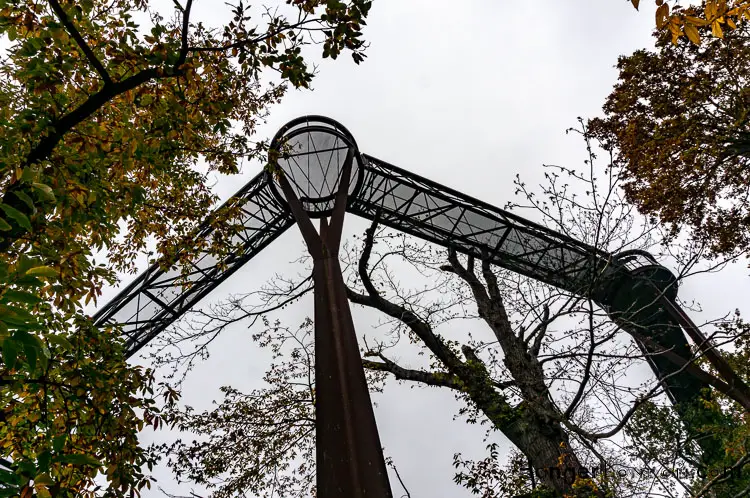
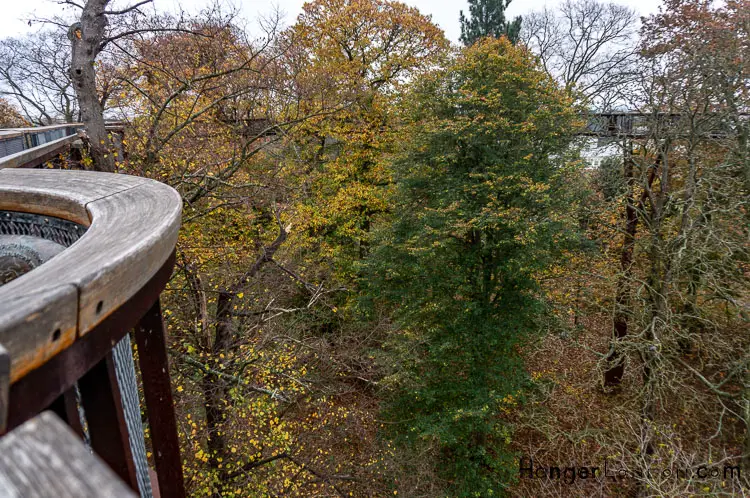
In bad stormy weather, the TreeTop walkway may not be open to visitors, check the website. Although not that high, some may feel the minor sway of the walkway because they designed it to flow and flex with the trees to not damage them.
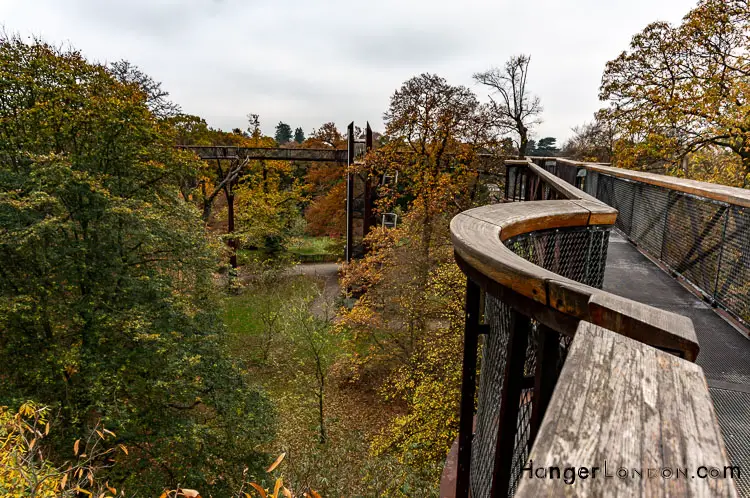
The layout of the walkway is inspired by the natural patterns found in nature known as the Fibonacci sequence, if you took a bird’s-eye view of the ring circuit it would blend in with nature’s structures.
View from Treetop walkway looking down on the Temperate House
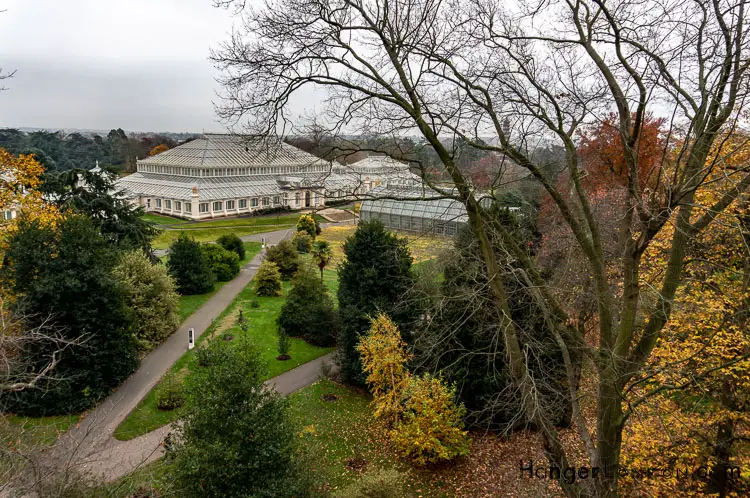
The Reds Around Kew Palace
The red brick building located in Kew Gardens, London, is an architectural marvel that stands out amidst the lush greenery and natural beauty of the surrounding botanical gardens. The building’s design is typical of the Victorian era, featuring intricate brickwork and ornate embellishments. The tall, symmetrical structure is a testament to the craftsmanship of the era, with its intricate arches and decorative details.
Stunning red-orange brickwork matches the foliage of the trees and is almost camouflaged by it. This is closed during the winter but is normally open to visitors as part of the entry cost.
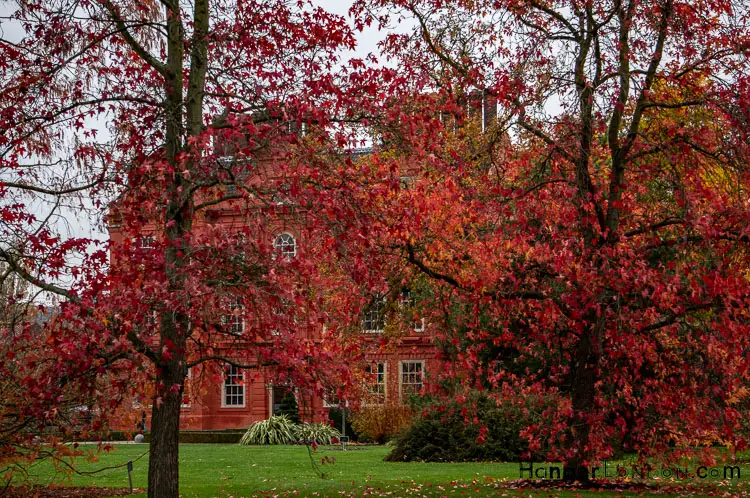
Inside the building, visitors can explore the various exhibits that showcase the diverse flora and fauna of the botanical gardens. The building serves as a hub for research, conservation efforts, and educational programs that aim to promote environmental awareness and sustainability. Whether you’re a botanist, a nature enthusiast, or simply someone who appreciates beautiful architecture, the red brick building in Kew Gardens is a must-visit destination that will leave you in awe.
Beautiful yellow leaves Ginkgo trees almost like a confetti of cornflakes
The ginkgo tree is one of the oldest tree species on Earth, and in the autumn season, it puts on a stunning display of yellow leaves that are almost like a confetti of cornflakes. The leaves of the ginkgo tree turn into a beautiful golden hue, and it seems as if the tree is showering its surroundings with a cascade of yellow leaves. The sight of these leaves can brighten up any gloomy day and make one feel rejuvenated and refreshed.
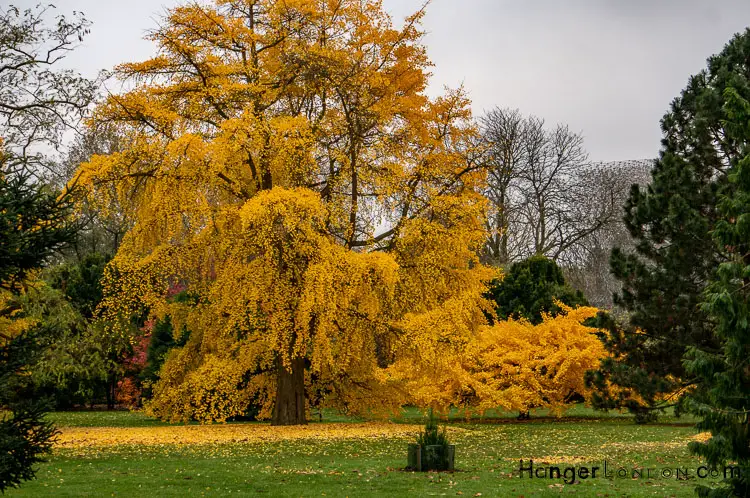
The leaves of the ginkgo tree are unique in shape and texture, and they create a mesmerizing effect when they fall to the ground. The bright yellow leaves are known for their fan-shaped structure, and they create a beautiful carpet of golden leaves that covers the ground beneath the tree. The contrast between the yellow leaves and the blue sky is a sight to behold and is a favorite subject of many photographers and artists.
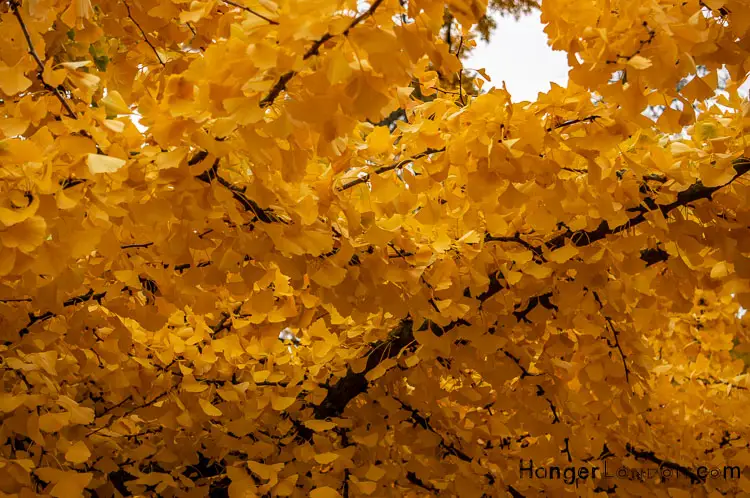
The beauty of the ginkgo tree lies not only in its appearance but also in its history. This ancient tree has been around for millions of years and has survived multiple ice ages and extinction events. It is considered a living fossil and is often associated with longevity and resilience. The sight of the beautiful yellow leaves of the ginkgo tree is not only a visual treat but also a reminder of the tenacity of life and the resilience of nature.
Giant domed Toadstool
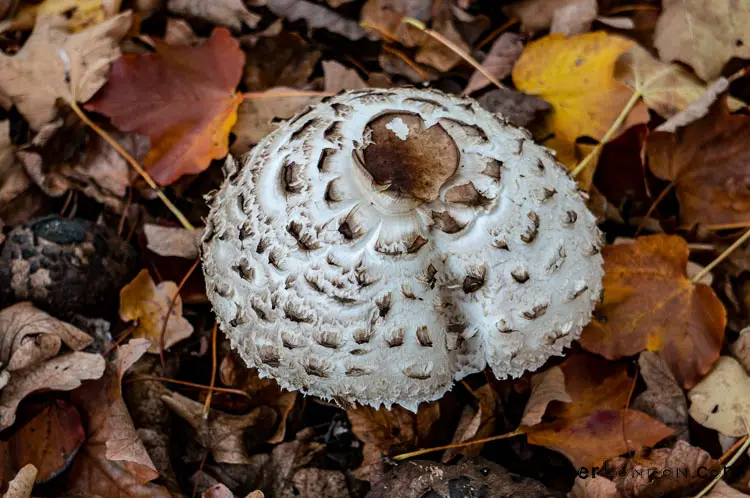
A large toadstool is a type of fungus that can grow to impressive sizes and is often found in forests and woodland areas. Toadstools are not a specific type of mushroom, but rather a common name for any poisonous or inedible mushroom with a cap and stem. Large toadstools can grow up to several feet in height and have caps that can measure over a foot in diameter. They come in a range of colors, from bright red to brown, and can be identified by their distinctive gills underneath the cap.
Despite their impressive size, large toadstools are not typically eaten by humans as they are often poisonous or contain toxins that can cause illness or even death. In fact, many species of toadstools are highly toxic and should not be handled without gloves. Instead, they play an important role in the ecosystem, breaking down dead organic matter and returning nutrients to the soil. Some species of toadstools also have medicinal properties and have been used in traditional medicine to treat a variety of ailments.
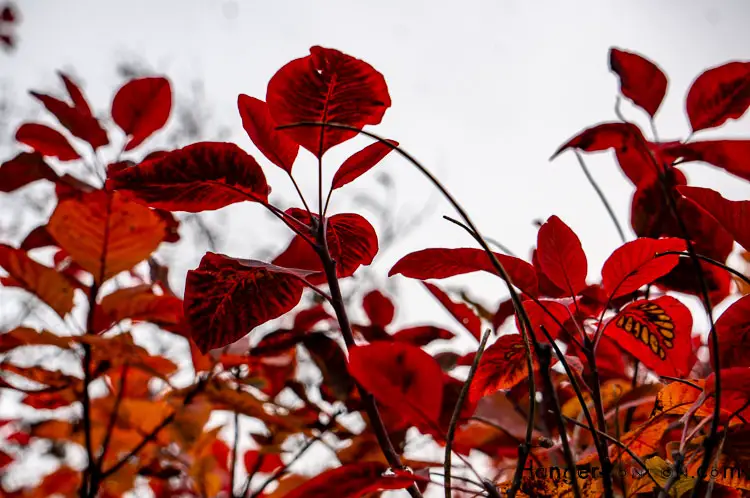
The Great Pagoda completed in 1762
The Pagoda provides a mystical oriental presence to the vista space. The Chinese build their Pagoda with an uneven amount of floors. Kew’s Pagoda has 10 floors and is in the shape of an octagon. Approximately 50 meters tall, and some 30cm slightly smaller on each level so it gets smaller towards the top by graduation. Garden Follies ornaments that borrow styles from other parts of history or cultures, especially oriental, were very popular in the past. This was a gift to Princess Augusta, who was the main force behind opening Kew Gardens to the public.
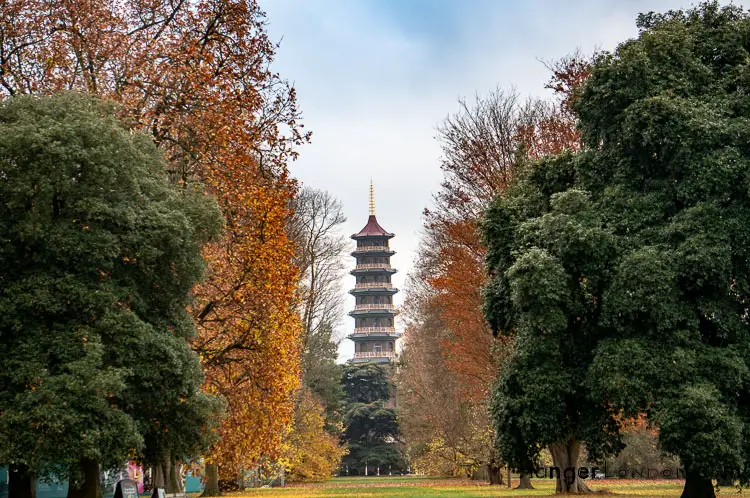
Paper Bark Maple – Acer Griseum. Leaves like Confetti
The Paper Bark Maple, or Acer Griseum, is a stunning deciduous tree that is native to central China. One of the most distinctive features of this tree is its stunning cinnamon-colored bark that peels away in thin, papery layers, revealing the smooth, polished bark underneath. The tree can grow up to 30 feet tall and has a spreading, rounded crown with deeply lobed, dark green leaves that turn a vibrant red in the fall. In the spring, the Paper Bark Maple produces clusters of small, yellowish-green flowers that are followed by winged samaras in the summer. This tree is a popular choice for ornamental gardens and is prized for its beautiful bark and colorful foliage.
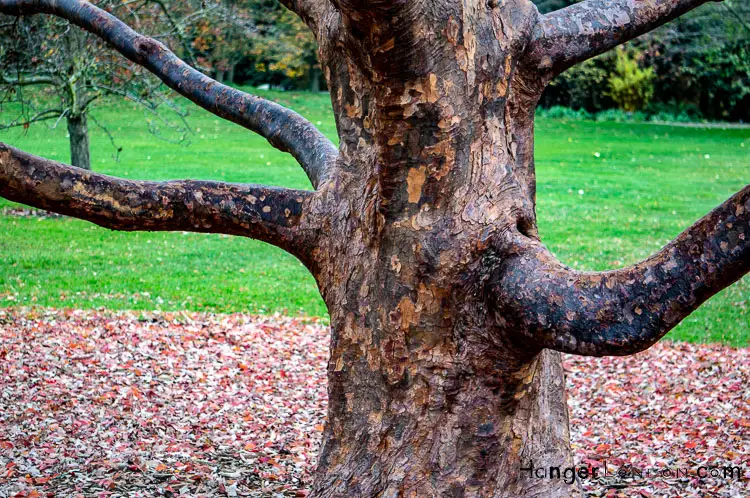
Aside from its ornamental value, the Paper Bark Maple also has cultural significance. In China, the tree is known as shān pí yá which translates to “mountain skin duck,” a name derived from the peeling bark that resembles the skin of a duck. The tree has been cultivated in China for centuries for its ornamental value and is often found in traditional Chinese gardens. In the West, the Paper Bark Maple has gained popularity as a unique and striking addition to landscapes, and its beautiful bark has earned it the nickname “living sculpture.” Whether planted as a specimen tree or used in groupings, the Paper Bark Maple is sure to be a stunning addition to any garden.
Kew Benches from the Battlefields of France
To celebrate World War 1 ending this year as a centenary, Kew has made use of a tree that was part of a battlefield. The Acorn from a sessile Oak Quercus petraea from the battlefield in France of Verdun was collected. They planted this in Kew Gardens in 1919 by the Palm House, in the hope to become a fine tree. It Grew for 100 years, till destroyed by a storm in October 2013, “St Jude’s Day Storm.” The head of the Tree Arboretum Tony Kirkham pushed the concept of using wood to make outdoor bench commemorative items. The website shows a different bench but suggests they will make more.
The one we saw this autumn was a new addition in a medieval enchanted forest shape.
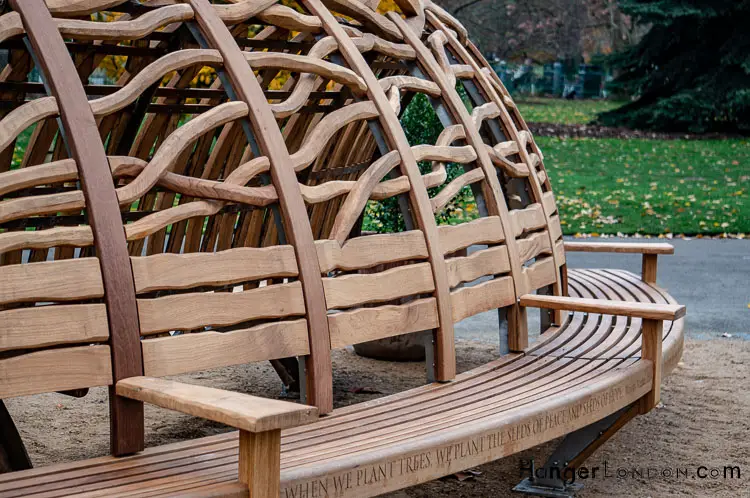
The battle of Verdun was one of the deadliest of the war, and the fact that a tree grew from an acorn on that battlefield is a testament to the resilience of nature. This bench is not only a place to sit and reflect, but it is also a piece of history that symbolizes the hope and growth that can come from even the most devastating of events.
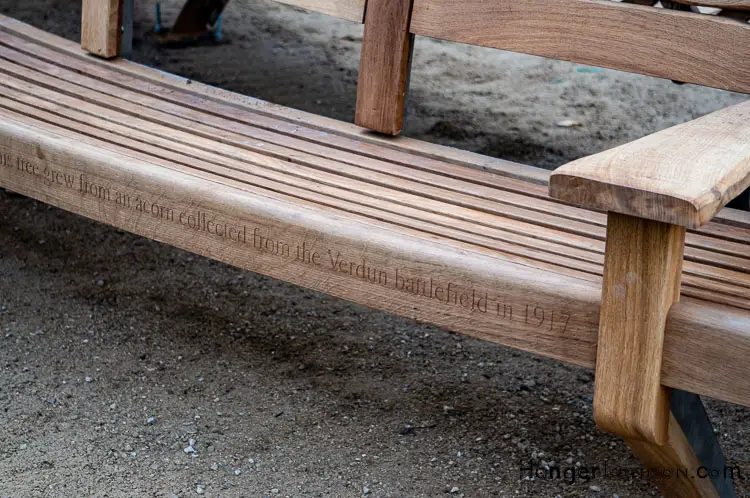
The tree that this bench was made from represents the bravery and sacrifice of the soldiers who fought and died on the battlefield. It is a reminder of the cost of war and the importance of peace. By placing this bench in a public space, we can share this message with others and encourage them to reflect on the sacrifices made by those who came before us. This bench is not just a piece of furniture, but a powerful symbol that can help us remember the past and strive for a better future.
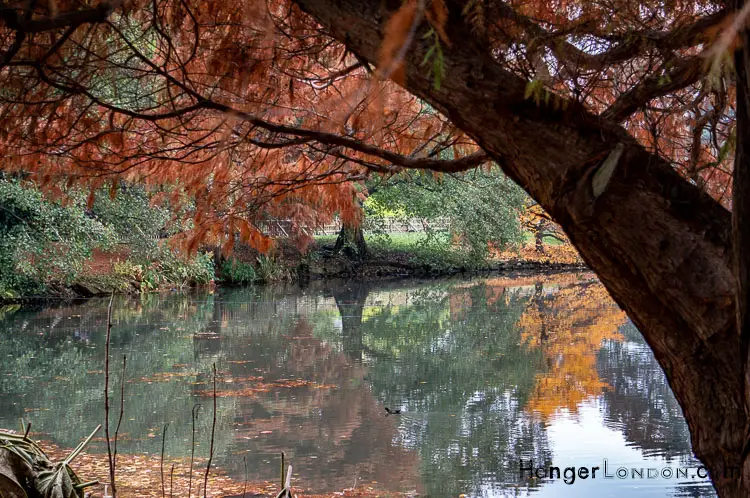
Alpine House Autumn colour grasses
Alpine House at Kew Gardens is a stunning display of alpine plants, showcasing some of the world’s most unique and beautiful specimens. In autumn, the house is transformed into a sea of color, with a spectacular array of fall foliage. The plants on display are carefully selected to ensure a vibrant and diverse range of hues, from deep reds and oranges to bright yellows and greens. The Grasse area in particular is a standout, with its striking orange and red hues that seem to glow in the autumn sunlight. Visitors to Kew Gardens during the autumn season should not miss the opportunity to experience this breathtaking display.
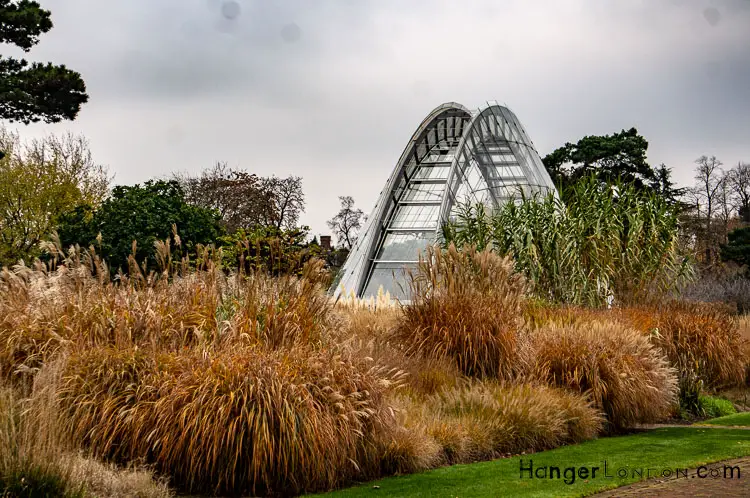
In addition to the stunning visual display, the Alpine House Autumn color Grasse at Kew Gardens offers a unique opportunity to learn about the diversity and adaptation of alpine plants. The plants on display are specially cultivated to thrive in high altitude and mountainous environments, and the staff at Kew Gardens are happy to share their knowledge about the various species on display. Whether you are a botanist or simply someone who appreciates the beauty of nature, the Alpine House Autumn color Grasse at Kew Gardens is a must-see attraction during the autumn season.
Hope you enjoyed this post, why not make a trip to Kew Gardens and make your own voyage of discoveries
Where is Kew Gardens
Kew, London Borough of Richmond upon Thames, England, United Kingdom
Kew Gardens Hills, New York

